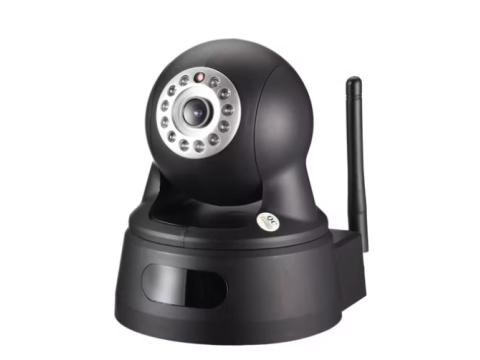Camera for Surveillance via Internet: A Comprehensive Guide
Surveillance cameras with internet connectivity enable remote access and monitoring from anywhere in the world. Whether you’re securing a home or managing a business, understanding how to set up and use these cameras can greatly enhance security.
Types of Cameras for Internet Surveillance
1. IP Cameras
IP cameras are the most suitable for internet-based surveillance due to their network capabilities. They offer:
- Standalone Functionality: Can connect directly to the internet without additional devices.
- Versatility: Work with computers, network video recorders (NVRs), or standalone setups.
- High Resolution: Provide clear video, often in HD or higher.
2. Analog Cameras
While primarily used for local setups, analog cameras can be adapted for internet surveillance using:
- A DVR (Digital Video Recorder) with internet connectivity.
- A computer with a video capture card for remote access.
Viewing Cameras via Internet
Viewing Methods
Wired Connection:
- Offers a stable connection for multiple cameras.
- Ideal for large-scale systems or areas with high data demand.
Wireless Connection:
- Suitable for smaller setups or temporary installations.
- Convenient for homes and offices.
Mobile Internet Access
- Limitations: Suitable for viewing one camera at a time due to bandwidth constraints.
- Advantages: Portability and quick setup, especially with 3G/4G networks.
Devices for Viewing
Cameras can be accessed via:
- Desktop computers.
- Tablets.
- Smartphones using apps or browser-based platforms.
Setting Up Internet Surveillance Cameras
Step 1: Connect the Camera
- Use Ethernet or Wi-Fi to link the camera to the internet.
- Ensure the camera has an assigned IP address.
Step 2: Configure Settings
For IP Cameras:
- Set a static IP or use a dynamic DNS (DynDNS) service.
- Configure the camera via its web interface.
For Analog Cameras:
- Connect to a DVR or PC with a capture card.
- Link the DVR/PC to the internet via a router.
Step 3: Enable Remote Access
- Use port forwarding on your router for direct access.
- Consider cloud-based services for easier management and storage.
Step 4: Test the Connection
- Access the camera from another device to confirm connectivity.
- Verify the video feed, resolution, and recording features.
Advanced Features for Internet Surveillance
Cloud Integration:
- Securely store recordings online.
- Access footage from anywhere.
Motion Detection:
- Receive alerts when movement is detected.
- Optimize recording by activating only during motion events.
P2P (Peer-to-Peer) Connections:
- Simplify setup with Plug and Play functionality.
- Eliminate the need for complex router configurations.
Conclusion
Internet-enabled surveillance cameras provide unparalleled flexibility and convenience. Whether using IP or analog cameras, the right setup can ensure efficient monitoring and peace of mind.
Choose the configuration that best suits your needs and enjoy the security benefits of remote access surveillance.

